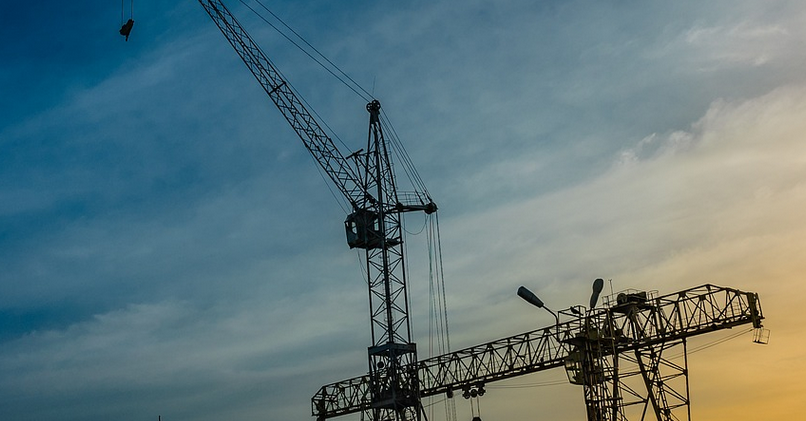Why is Soil So Important?
Think about your favorite construction project, a skyscraper piercing the sky or a sturdy bridge spanning a river. These feats of engineering require understanding soil’s strength and behavior – after all, we’re essentially working with earth! Geotechnical engineering deals specifically with the Earth itself, focusing on soils and rocks to understand their properties and how they affect structures and infrastructure. It’s about pushing the boundaries of what’s possible with the very ground beneath us.
The Foundation of Everything: Soil Mechanics
At its core, geotechnical engineering is all about soil mechanics – understanding how soil behaves under loads. It’s like studying a living puzzle where we need to understand the individual pieces (like clay and sand) and how they interact (how water flows through them). Just imagine trying to build a house without knowing how the floor will react to weight. We could use some wood, but what happens when rain comes? Our foundation needs to be rock solid!
Soil mechanics is all about analyzing soil’s response to various forces like gravity, water pressure, and loads from structures. It’s about predicting how these forces will impact the structure and making sure it’s stable enough to support its intended load. We investigate these properties through laboratory tests that simulate real-world conditions.
Understanding Soil Types: From Loose Sand to Sticky Clay
Just like people have different personalities, different soils have unique characteristics depending on their composition. Some are loose and sandy, making them easy to work with, while others are dense and sticky, requiring more expertise to handle effectively. Knowing the soil type is essential for designing a foundation that can support any load efficiently:
For example, a bridge might need a solid rock base because of its weight and constant stress; whereas a building’s foundation could be built on loose sand with minimal pressure changes.
There are several key soil types to understand in geotechnical engineering:
- Sandy Soil: These soils have large particles, allowing for good drainage and relatively high bearing capacities.
- Clay Soil: Known for their small particle size and ability to hold water, but also for dense deposits that can compact and resist loads significantly.
- Gravel Soil: These soils are a mix of sand and gravel, offering good drainage and bearing capacity.
The Unseen Forces: Water’s Influence on Soil
Water is an often-overlooked but major player in soil mechanics. It can be both friend and foe. It can make the soil more workable and create strong bonds that hold structures together, but it also brings challenges like erosion and instability.
Water plays a significant role in soil behavior and affects several factors including:
- Soil Density: The ability of the soil to support loads is directly influenced by its moisture content.
- Erosion: Water can wash away topsoil, exposing underlying layers and affecting foundation stability.
- Settlement: As water drains away from a structure, the weight of the building might settle unevenly or create cracks in foundations.
Preventing Problems: Stability and Safety
Geotechnical engineers are like detectives, constantly analyzing soil to understand how it behaves under different conditions. They use their knowledge to design structures that are stable and safe, avoiding potential problems:
These professionals work on complex projects ranging from small foundations for sheds to large-scale skyscraper developments.
They employ various techniques like:
- Soil Testing: Analyzing soil samples to understand their properties and bearing capacity.
- Foundation Design: Selecting the right foundation type to match the soil’s characteristics and building load.
- Stability Analysis: Studying how the terrain, water, and other forces interact with the structure to prevent potential disasters.
The Big Picture: Geotechnical Engineering in Action
Geotechnical engineering isn’t just about understanding soil. It’s about building safely, sustainably, and efficiently with our planet as a partner! It’s an integral part of all types of construction and infrastructure development.
Here are examples of how geotechnical principles are at work:
- Dam Construction: Designing the foundations of dams to withstand the weight of water and prevent collapse.
- Tunnelling: Planning for the stability of tunnels, especially in challenging geological conditions like rock formations or unstable soil layers.
- Bridge Design: Ensuring bridges can handle traffic loads while staying stable against varying weather and erosion.
